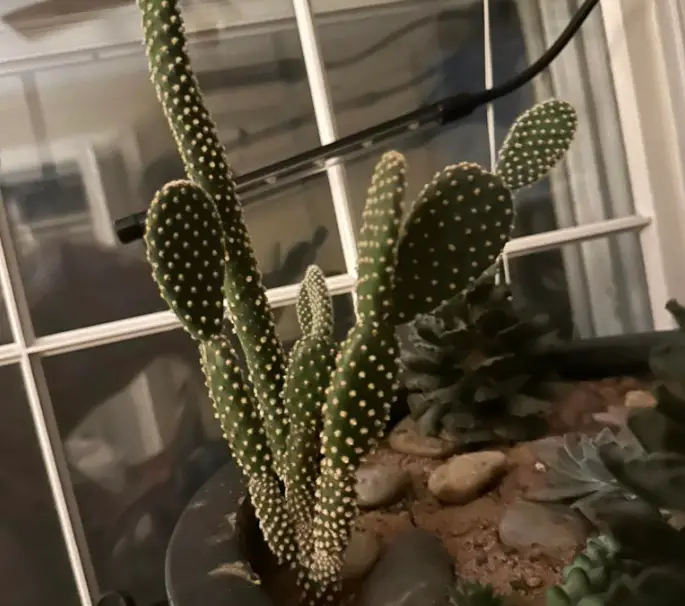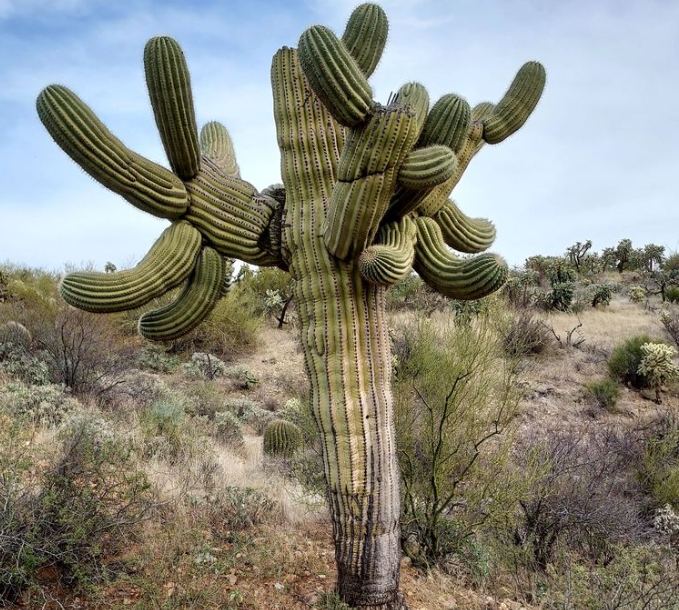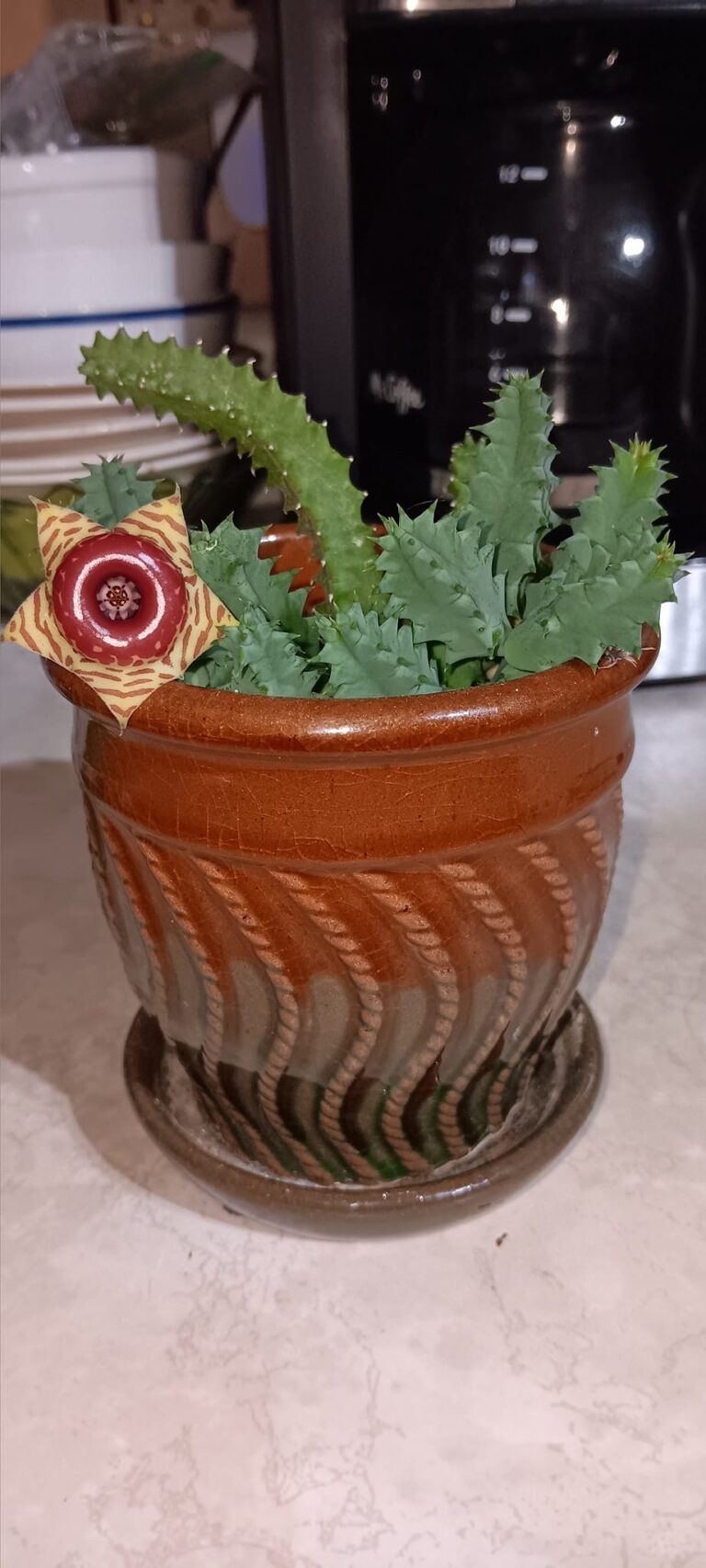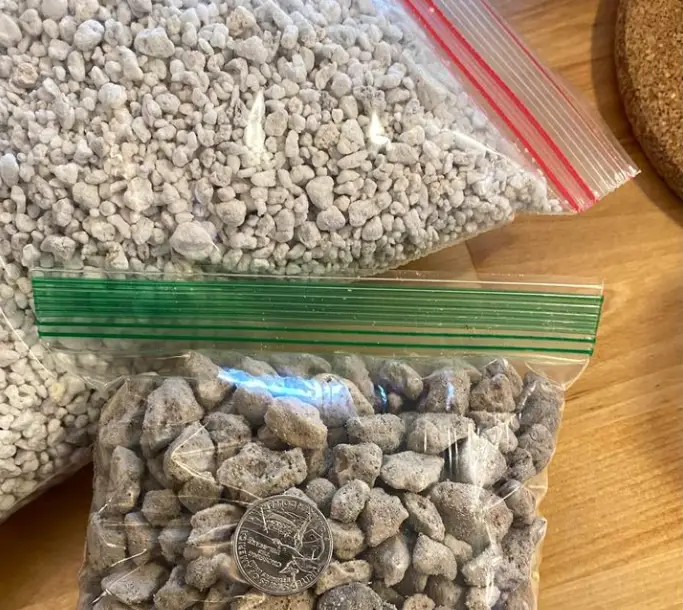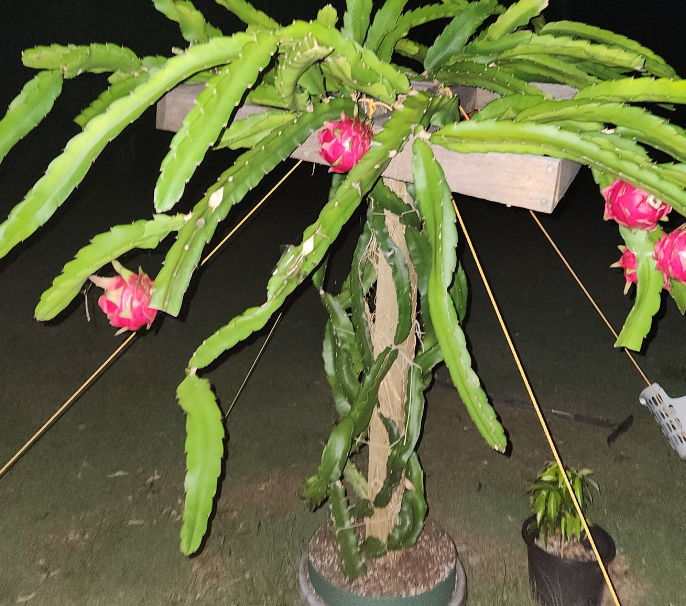White Spots on Prickly Pear Cactus: 5 Reasons and Fixes
The prickly pear cactus is a popular plant, valued for its unique appearance, potential health benefits, and its ability to thrive in arid climates. White spots on prickly pear cactus pads are not uncommon and can be a sign of a problem. In some cases, the issue behind them may harm or kill the plant.
White spots on prickly pear cacti are majorly caused by pest infestations, sunscald, and fungal diseases. Improper lighting, overwatering, and lack of certain nutrients are also potential causes of white patches on cacti.
While some of these factors may not affect the prickly pear cactus growth rate, it’s hard to tell the eventual outcome. Therefore, it’s always important to determine their cause and take action before the plant is severely affected.
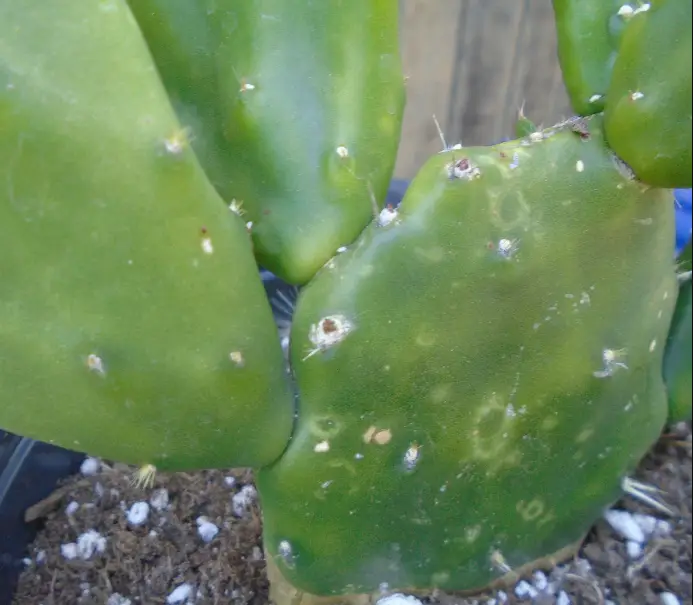
White spots on prickly pear cactus (causes and fixes)
Based on observation, the following are the main reasons for white spots on a prickly pear cactus:
Pest infestations
Plants pests such as scale insects and mealybugs are common on prickly pear cacti. They feed on cactus juice creating open wounds and scars. Additionally, they produce a white cottony covering that protects them from elements or predators. Scale on cactus can be difficult to treat as they hide in hard-to-reach areas.
How to treat
If the white spots are caused by an insect infestation, treat the cactus with insecticidal soap or neem oil, and make sure to follow the instructions on the label carefully. You can also try to remove the insects by hand or with a strong stream of water.
Rubbing alcohol is also effective in getting rid of mealybugs and other insect pests such as scale insects, fungus gnats, spider mites, and whiteflies. To use, prepare a solution of 1 part 70% rubbing alcohol with 10 parts water in a spray bottle and thoroughly spray it directly on the whole plant.
Extreme sunlight
Although native to arid areas, prickly pear cactus is susceptible to sunscald when exposed to intensive sunlight for extended periods of time. This is common in tender plants which have not been acclimatized to the new light conditions. Cactus sunburn can also appear as yellow spots on the cactus pads.
How to fix
Providing shade is the first step in managing sunscald on prickly pear cactus. Move the plant to a place with indirect sunlight and mist it with water. There is no clear cure for cactus sunburn but providing good care may help the plant to heal naturally. However, scorch marks may not disappear completely.
Fungal diseases
Powdery mildew is a common fungal disease on cacti that forms a white powdery coating on the surface of the plant. It is known to affect the growth and appearance of a cactus. This disease thrives in warm and humid conditions and can be spread through the air or by direct contact.
Overcrowding, dense growth, and poor air circulation can cause the development of powdery mildew on cacti. Additionally, improper watering practices, such as overhead watering, can increase humidity and create ideal conditions for the fungus to grow.
How to treat
Powdery mildew can be treated with fungicides specifically designed for the disease. In some cases, removing infected parts of the plant may also help control the spread of the fungus. Regular monitoring and good cultural practices can help prevent outbreaks of powdery mildew on cacti.
It is also important to avoid overcrowding your plants and ensure good air circulation around them. Further, do not overwater cactus plants as it can cause root rot and create ideal conditions for fungi to thrive.
Nutrients deficiency
Like other plants, a cacti’s growth and health rely on available nutrients in the soil. Nitrogen, phosphorus, potassium, sulfur, calcium, and magnesium are the most important nutrients every plant needs for proper growth.
If the soil is lacking these nutrients, the cactus may exhibit symptoms such as stunted growth, yellowing leaves, or white, necrotic spots on the plant’s surface. As such, the deficiency of nutrients would also affect other plant processes like flowering, fruiting, and seed production.
Best fix
To ensure that cacti receive an adequate amount of nutrients, it is important to use a well-draining soil mix that contains appropriate levels of nitrogen, phosphorous, potassium, sulfur, calcium, and magnesium. Fertilize the plants regularly with a balanced fertilizer during their active growing seasons.
If you are growing the cactus indoors, consider repotting it in fresh soil mix to replenish the nutrients supply to the plant. Be sure to use a pot with drainage holes at the bottom. The new pot has to be slightly larger than the cactus and not too big as you know cacti like to be pot-bound.
Mineral buildup
Accumulation of minerals in the soil can lead to a white or crusty substance forming on the surface of the plant. This can impact the health of the cactus if left unchecked, as it can interfere with the plant’s ability to absorb water and nutrients.
What to do
To prevent mineral buildup, it’s recommended to use well-draining soil, avoid over-fertilizing, and flush the soil with water periodically to remove excess minerals. Additionally, if you live in an area with hard water, use bottled water or rainwater to water your cacti to avoid mineral buildup.
If mineral buildup has already formed, it can be removed gently with a soft brush or sponge. Be careful not to injure the plant.
Final Thought
White spots on prickly pear cacti can be caused by various factors, including fungal or bacterial infections, mineral deficiencies, salt buildup, sunscald, or damage from pests. To prevent or treat the white spots, it is important to maintain proper growing conditions, including proper watering, adequate sunlight, and good air circulation.
Regular monitoring and treatment of pests, as well as proper fertilization and soil management, can also help prevent the formation of white spots. If the spots persist or spread, it is best to seek the advice of a horticulturist or plant specialist to determine the cause and the best course of action.
References:
- “Powdery Mildew Factsheet,” Clemson University.
- “Nutrient Levels in Cacti-Relation to Nocturnal Acid Accumulation and Growth,” American Journal of Botany.
- “Diagnosing Nutrient Deficiencies,” University of Missouri – Integrated pest management.
- “Pests in Gardens and Landscapes,” University of California – Integrated pest management program.
My name is Diane M Lewik, and I am the founder of this website. I am a degree holder in plant biology from the University of California – Berkeley. Over the years, I have cultivated a vast collection of succulents and I have learned a great deal about how to grow and care for these unique plants. Feel free to ask any questions in the comment section below.

